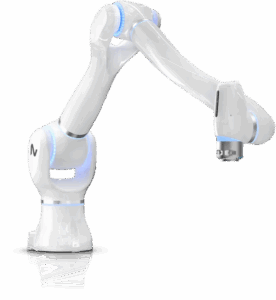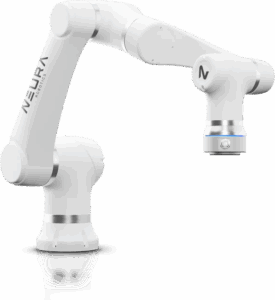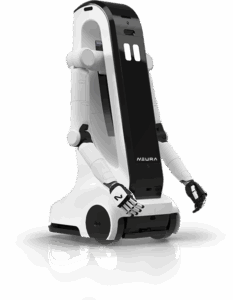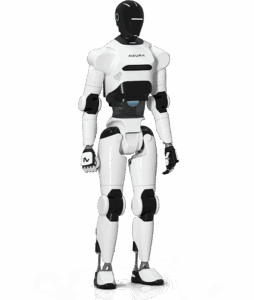While in the past it would have been unthinkable to encounter a robot on a walk, today the sight isn’t so surprising. Today, robots occasionally appear in our everyday lives, whether to help us clean our homes or to show us the way at the airport. Not to be forgotten is the importance of robotic automation of industrial processes.
Regardless of their field of application, robots in the present have one thing in common: their goal is to relieve humans of dangerous or repetitive tasks. In short, to simplify people’s lives.
However, these robots often have major limitations that prevent them from moving freely in human spaces. Think about your robot vacuum cleaner when it encounters stairs: It can’t walk down the steps on its own but must be carried. If you don’t have the means to build a ramp, your robot vacuum cleaner will never be able to be fully autonomous at home.
And even if you have a completely smart house with remote control and voice command, with all the smart devices on the market, you still can’t ask the dishwasher to clean itself out.
As we develop new robotic innovations, it’s important that we remember their core mission: to help people improve their lives. We should strive to develop robots that improve our standard of living, rather than forcing us to adapt to a world that is no longer meant for us.
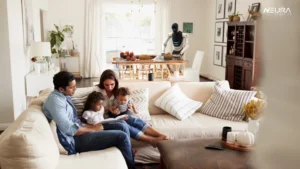

Robots in public spaces
Especially in public spaces, robots need to be as unobtrusive as possible. This is where humanoid robots come into play: Their human-like design allows them to operate in existing environments designed only for humans.
Robots can be a great tool to improve accessibility, perform repetitive, dangerous, and tedious tasks in place of humans, and fill positions that the rapidly aging population can no longer fill or that are in sectors where there is a shortage of skilled workers.
This, of course, raises a whole host of questions that can only be answered if the current system is fundamentally changed. Automation by robots should be a form of liberation for all, not another tool for class division. If menial jobs are taken over by robots, unemployment in these sectors will inevitably rise.
In addition, the current social system could fail because it depends on workers’ contributions: fewer workers mean fewer inputs, leading to a shortage of public funds. At the same time, increasing automation could lead to shorter working hours and an overall higher quality of life, as experts have theorized for more than a century.
But before we can reap the full benefits of automation, we must make a concerted effort to change the basic structure of our society, for example, by finding a balance between human and machine labor and restructuring our tax system so that hardware and software automation companies bear the greater costs of the automation revolution.
Robots in the private sphere
It’s not hard to imagine a future where robots take a permanent place in the home – it’s already happening. From robotic vacuum cleaners to voice-controlled personal assistants, we’re moving toward the household of the future.
A common debate is whether there is a line robots shouldn’t cross when it comes to supporting our daily lives. After all, there are human aspects that robots, as intelligent as they may be, cannot fully address, such as care giving. While robotic assistants can be incredibly useful in combating the loneliness epidemic among the elderly, they cannot fully replace human relationships. Just as with childcare, robots and AI shouldn’t replace parents or adults, but rather take on the role of a pet or household appliance that you can set up and customize as you see fit





Another concern people may have about welcoming automation into their personal lives is the fear that their space will be completely taken over by devices and they’ll either be forced to adapt or resign themselves to being upstaged in their own homes. Even if the device is a cognitive humanoid, many people wonder where it should go when it’s turned off, whether it should get breaks like any other worker, and with what respect it should be treated.
These and many more questions will soon need to be answered, and clear lines will need to be drawn between humans and machines, as concerns only seem to have increased in recent years. After many workers have seen their jobs eliminated and replaced by robots, the public will be more reluctant to introduce automated, cognitive robots into their private lives.
To create a society where people thrive thanks to automation, there needs to be radical change. Our automated future starts with the robotics innovators themselves. Companies, researchers, and government organizations must hold each other accountable and ensure that the well-being of humans is at the heart of all advances.
Want to learn more about NEURA Robotics’ vision for the future? Read our blog post about the 4NE-1 prototype and find out more about our vision for humanoid robots.

